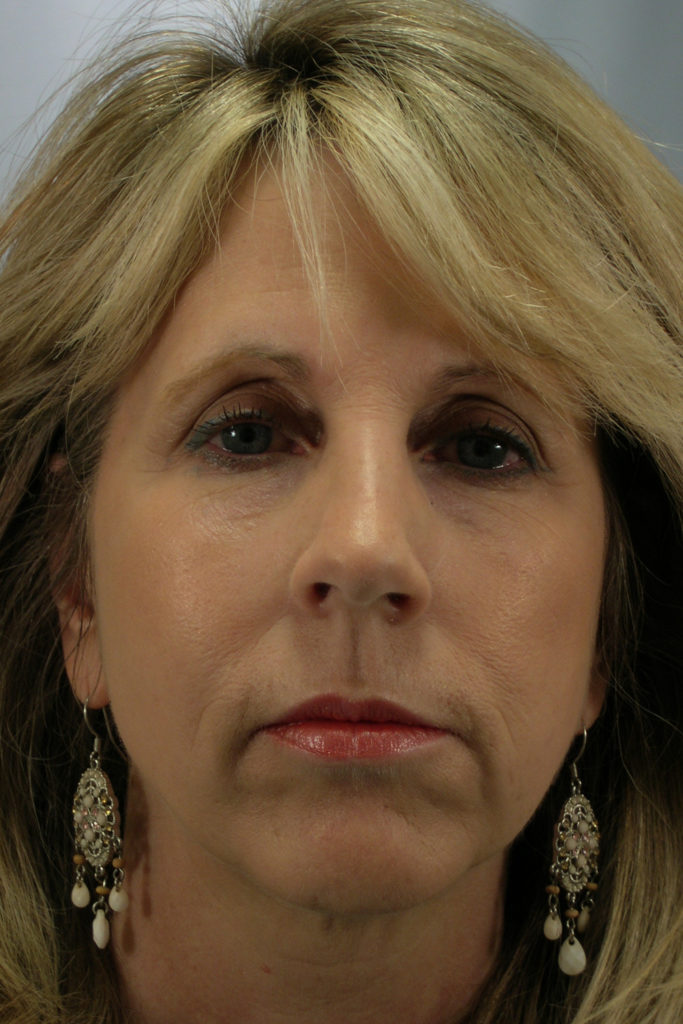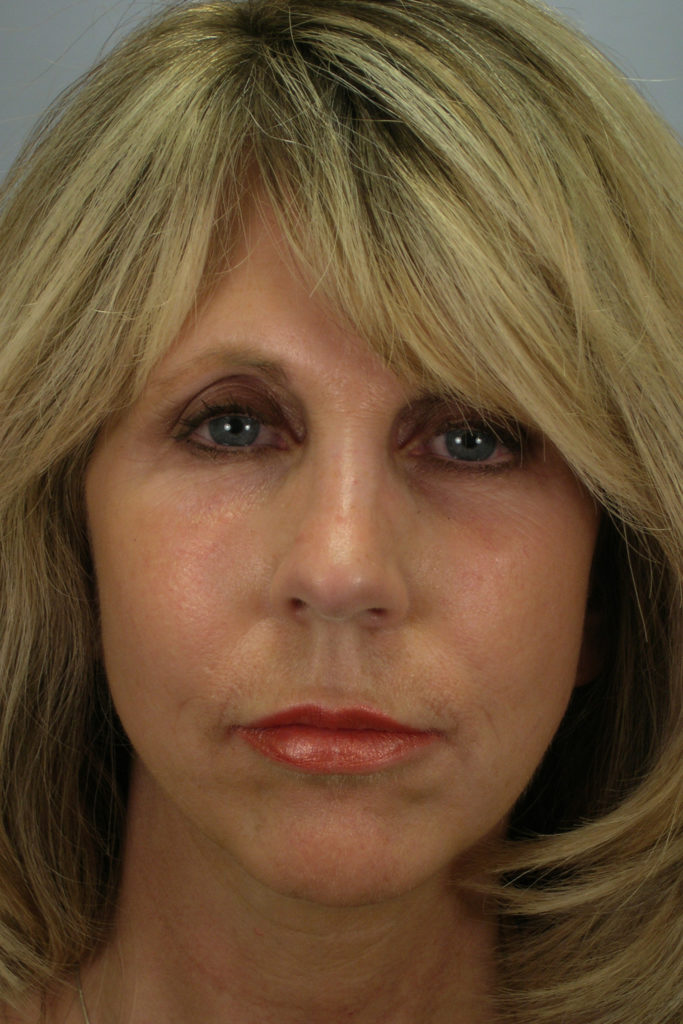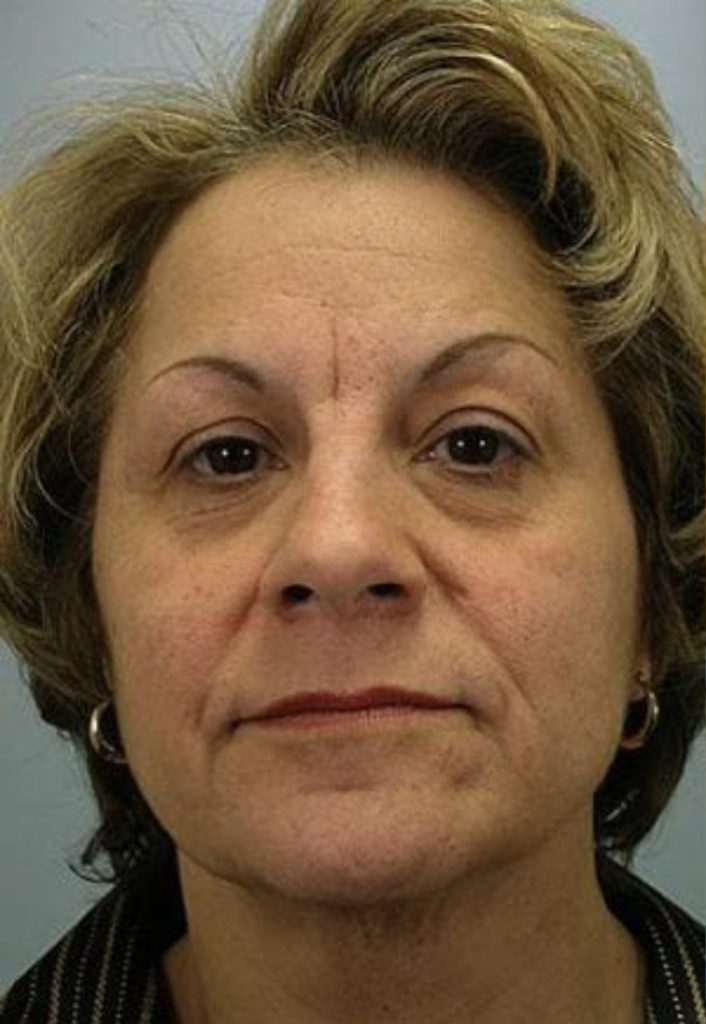Fat transfers are cosmetic procedures that can treat loss of volume in the face and restore a smoother, more youthful-looking appearance. Fat injections, also known as autologous fat may be used to treat common signs of aging, including:
- Laugh lines
- Smile lines
- Crow’s feet
- Jowl lines
- Facial creases and wrinkles
- Hollow areas under the cheekbones
Other Uses for Fat Transfers
Fat transfers may also be used in Breast Augmentation Surgery and Buttocks Surgery. Fat injections may be used to fill in some types of scarring and to plump the lips.
Candidacy for Fat Injections
Good candidates for fat injections include men and women who are physically healthy, realistic in their expectations, and looking to improve the appearance of the facial skin.
Longevity of Results
Fat injections can be long lasting, however, fat transfer results can vary depending on lifestyle behaviors such as smoking and or stressful life events. A large factor in the lifespan of the fat transfer will be how the patient’s body continues to age.




